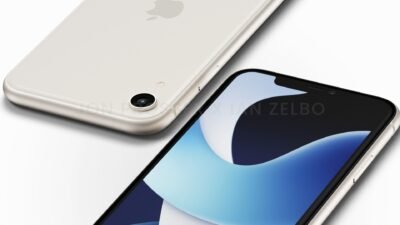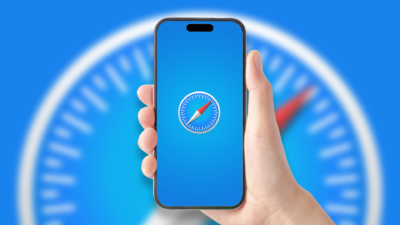1TB iPhone 16 Pro Models May Experience Performance Issues

According to a recent report by DigiTimes, the 1TB versions of the iPhone 16 Pro could feature slow read and write speeds. Well, this might be a strategy to lower the cost. Reportedly, the company will use the high-density Quad-Level Cell (QLC) NAND flash for its 1TB models. Currently, the company is actively evaluating the possibilities for this approach. On the other hand, recent iPhones use the expensive Triple-Level Cell (TLC) NAND.
With the help of QLC NAND, the company can offer more storage in a smaller space at a reduced cost. However, it will be limited by slow read and write speeds. Compared to TLC NAND, QLC NAND is less durable and reliable. For this reason, it is less capable of handling write operations effectively. The company will possibly rely on specific optimizations to resolve these issues.
According to the study, the introduction of QLC NAND might enable the first-ever production of iPhones with up to 2TB of storage. A future 2TB iPhone 15 Pro Max would need to be reasonably priced and have flash storage that is sufficiently small inside the device, as the 1TB model costs $1,599, $200 more than the 512GB model.
In the near future, new iPhone models with storage capacities of 128GB, 256GB, and 512GB are probably going to continue using TLC NAND. QLC NAND is predicted to make up roughly 20% of all NAND shipments from the second half of 2023 to the first half of 2024, indicating that its use is expanding despite its limitations, even if TLC NAND is still widely used in the industry.
Research Snipers is currently covering all technology news including Google, Apple, Android, Xiaomi, Huawei, Samsung News, and More. Research Snipers has decade of experience in breaking technology news, covering latest trends in tech news, and recent developments.












